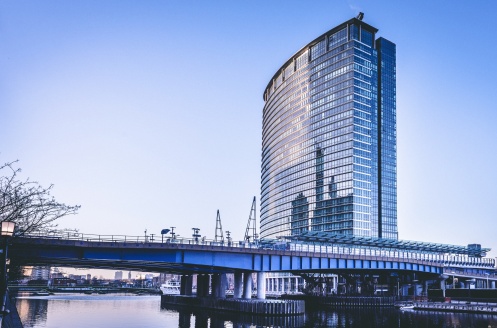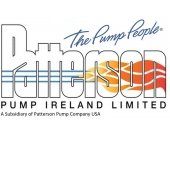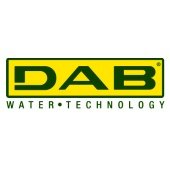Retrofitting ageing pump systems offers energy savings
For the transition to high-efficiency, low-carbon buildings, retrofitting outdated heating, cooling and water systems with modern components such as variable speed drives and efficient pumps can offer significant opportunities, as Paul Winnett, Operations Director at Xylem UK, explains.
Retrofitting ageing buildings with high-efficiency pumps and drives offers one of the biggest opportunities to achieve smarter, more efficient buildings. This directly aligns with the International Energy Agency’s (IEA) Net Zero Emissions 2050 roadmap, updated in September 2023, which urges
the global energy sector to double existing efforts to improve building efficiency.
Accelerated action will support the UK government’s net zero pathway, given that heating the UK’s 30 million buildings contributes to almost one quarter of all UK emissions. As a result of the Government’s Heat and Building Strategy, businesses across almost every sector are already taking steps to use less energy in response to rising utility bills and to achieve environmental goals.

Across the UK, many buildings, such as office blocks, shopping centres, hospitals, and hotels, were built between 20 and 40 years ago, and many have outdated heating and cooling systems that consume a lot of energy.
Simply replacing ageing equipment like-for-like is not the solution. The Government’s Heat and Building Strategy recognises this, saying: “Decarbonising heat and buildings will require the adoption of new, smarter technologies and practices”.
Widescale programmes to replace old equipment with high-efficiency technology for heating and cooling, as well as water pressure boosting, would accelerate decarbonisation goals and bring older buildings into a net zero world.
One way to significantly reduce the energy consumption of pumped systems is to switch to variable-speed technology. Older pumps typically run at a fixed speed, regardless of demand. Retrofitting with variable-speed drives enables the system to adjust to usage curves.
Due to the advanced technology involved, variable-speed solutions may have higher upfront capital costs, but these costs will be offset over time by savings on energy bills. In addition, the operational and maintenance costs of variable-speed pumps are generally lower, as they are not running continually and experience less wear and tear.
For large commercial buildings, Xylem’s hydrovar X range of intelligent variable speed pump drives, with high-efficiency IE5 motors, can cut the power needed to operate a pump by up to 70%. This reduction is achieved by ensuring the pump is only operating at the required speed, linked to the system’s demand variations.
The ability to adjust pump speed will immediately impact the energy consumption of large buildings, such as hotels, where demand for water and heating fluctuates throughout the day.
Take water pressure in a hotel; in a traditional system, the pumps would be on and the pressure constant. With a variable speed drive, the pumps could run at half their speed during periods of low demand, such as lunchtime when fewer people are in their rooms, and increase as guests start checking in and using facilities.
As the evening continues and demand rises, the system will automatically adjust to ensure constant pressure throughout the building. To achieve this, the system takes pressure or flow readings from
sensors to adjust the number of pumps running and their speed, ensuring demand is met while maximum operating efficiency is delivered.
Of course, while retrofitting is essential to decarbonise existing buildings, using low-carbon technologies in new builds is a must – the Government’s Future Homes Standard comes into effect in 2025, bringing a set of rules to ensure new homes produce less carbon.
For contractors who are value engineering a project, using cheaper technology may reduce the capital outlay, but if they consider the whole lifecycle of the product, high-end low-carbon technology is likely to be more efficient and deliver the most value because of the significant long-term energy savings.
Back to Latest News


1.png&w=170&h=170)





3.png&w=170&h=170)
2.jpg&w=170&h=170)


